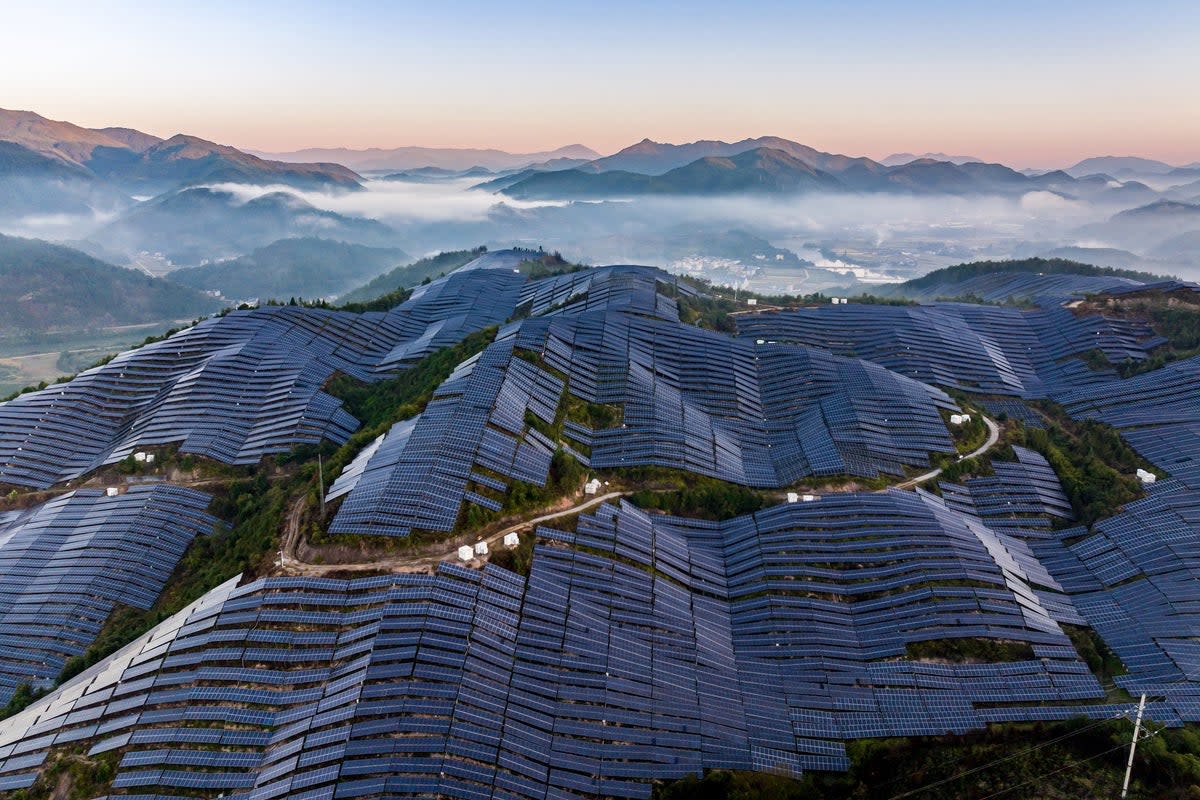World’s biggest solar farm will power 6 million homes

A state-owned power company in China has announced plans to build the world’s biggest solar farm, capable of powering a small country.
The £8.5 billion project will be constructed in northern China’s Inner Mongolia region and will dispatch electricity to the urban cluster of Jing-Jin-Ji, consisting of Beijing, Tianjin and Hebei.
The 8 gigawatt facility is more than half the entire installed solar capacity in the UK, and capable of powering roughly 6 million homes.
The integrated energy project will also include 4 GW of wind power, 4 GW of coal-fired power and 200 MW of solar thermal, as well as a further 5GWh set to be added at the site in energy storage.
Operated by China’s Three Gorges Renewables Group, construction is expected to begin in September 2024 and come online by June 2027.
Plans for the new facility were announced just weeks after a 5GW complex was switched on in the north-west province of Xinjiang, becoming the biggest operational solar plant in the world.
Covering 200,000 acres in a desert region, the vast solar farm takes up the same space as New York City.
China has installed more solar power capacity than any other country, with more than 600 GW connected to the grid as of November 2023.
The country is also continuing to ramp up its solar capacity, commissioning as much last year as every other country in the world combined in 2022, according to the International Energy Agency (IEA).
“While the increases in renewable capacity in Europe, the United States and Brazil hit all-time highs, China’s acceleration was extraordinary,” the IEA noted in a recent report on renewable energy.
“China’s role is critical in reaching the global goal of tripling renewables because the country is expected to install more than half of the new capacity required globally by 2030.”


